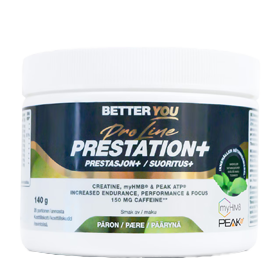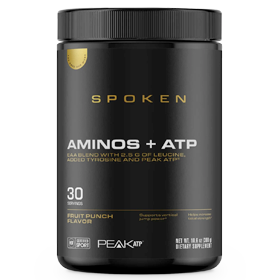 There are hundreds of squat variations. Some are common, easy to perform, and easy to implement into a training routine. Since I hurt my SI joint (lower back), I have been very careful about not doing too many traditional squats. Instead of going heavier on squats, I want to focus on changing the load distribution and still get great results. Enter the Zercher squat. It does not fall under the category of “common squat variations,” but they’re worth trying!
There are hundreds of squat variations. Some are common, easy to perform, and easy to implement into a training routine. Since I hurt my SI joint (lower back), I have been very careful about not doing too many traditional squats. Instead of going heavier on squats, I want to focus on changing the load distribution and still get great results. Enter the Zercher squat. It does not fall under the category of “common squat variations,” but they’re worth trying!
I avoided Zercher squats for a long time because I thought the bar placement looked awkward and painful. The bar rests in the “v” of your bent arms, and your hands are clasped at about chin-height. You take a stance wider than shoulder width, as your elbows will drop to just below the top of your upper leg. I found a photo of someone demonstrating Zercher squats on the Smith machine and decided to give it a try. I felt my glutes, hamstrings, and quads engage – differently than they would when doing a traditional back squat. The Smith machine provided stability so I could just focus on the movement. I was also able to set the safety catch to engage if I failed. The Zercher is now a staple of my leg exercises. Here are a few key points to consider when you try it:
- Use the bar pad to protect your arms. I’m not a bar pad advocate normally as I think that’s what traps are for! But, in this exercise, the pad will help you focus more on the exercise, and less on the pressure of the bar. Set the safety catch on the Smith machine.
- The weight of the load is more centrally located than it would be with a back squat. This allows you to sit deeper in the squat, push your weight through your heels, and keep your upper body/chest tall.
- Since the load is centrally placed, focus on dropping straight down, rather than sitting back.
- Make sure your stance is wide enough to allow your elbows to drop, and to allow the bar to almost rest on your upper leg.
- Focus on a slow eccentric portion of the rep, and pause when you’re at the bottom.
- For sets and reps – 3-4 sets of 10-12 reps should be good.
- Think about using a weight that’s about 50% of what you’d normally back squat. Focus on proper form and full range of motion before increasing the weight.
- This exercise targets the glutes, hamstrings, and quads, but you can shift focus to particular muscle groups by honing your mind-muscle connection. The mid-rep pause can be effective for this – as you pause, think about lifting the weight with just your glutes, hamstrings, or quads.
Since the weight is a little lighter, I’ll do more reps (around 12). PEAK ATP helps me get those last few reps, and helps make my later sets just as strong as earlier ones! Check out the video below for a full exercise demonstration! Thanks for reading – until next time, train hard, y’all!
– Erin Stern, 2x Ms. Figure Olympia
https:/media/cms/11707472_10206180934857042_63668097_A01EDD31CF35B.jpg










